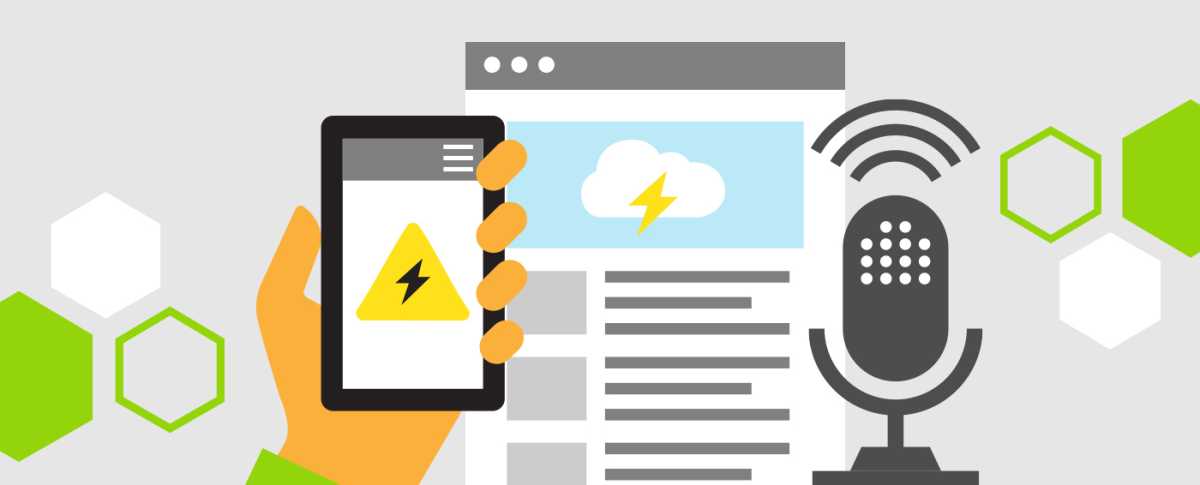Tech
Navigating Through Communication Challenges: What to Do in Case of Future Network Outages

Following the recent AT&T network outage in Raleigh, North Carolina, which affected over 74,000 customers and raised concerns about communication during emergencies, experts and individuals are considering backup solutions in case of future disruptions.
The outage, spanning 11 hours from 4 a.m. to 3 p.m., highlighted the pervasive reliance on cell service in modern society for tasks ranging from simple communication to essential functions like payments and navigation.
One such individual, cybersecurity and digital forensics expert Craig Petronella, shared his experience of feeling helpless when his AT&T phone ceased to function, underlining the gaps in communication that can emerge during such events.
As a precautionary measure, Petronella opted to invest in a satellite communicator, viewing it as a vital emergency tool akin to a first aid kit that, while not frequently used, provides peace of mind in critical situations.
While satellite communicators offer a reliable alternative, their cost can be prohibitive, with devices priced between $200-$400 and monthly plans averaging $65, making them inaccessible to many.
Despite the declining popularity of landlines, Petronella’s decision to explore diverse communication options underscores the importance of having a contingency plan, especially as wireless-only households become the norm.
Recent data from Statista reveals a significant trend towards wireless-only households, with over 72 percent of adults in the United States residing in such setups, a figure expected to rise steadily.
In light of these evolving communication dynamics, experts like Petronella urge individuals to consider backup communication strategies, emphasizing the need for preparedness in an increasingly interconnected world where network disruptions can have significant repercussions.
Addressing concerns raised by the recent outage, AT&T’s actions, including the request to discontinue landline service in California, have prompted public scrutiny and raised broader discussions about the resilience of communication infrastructure in the digital age.












